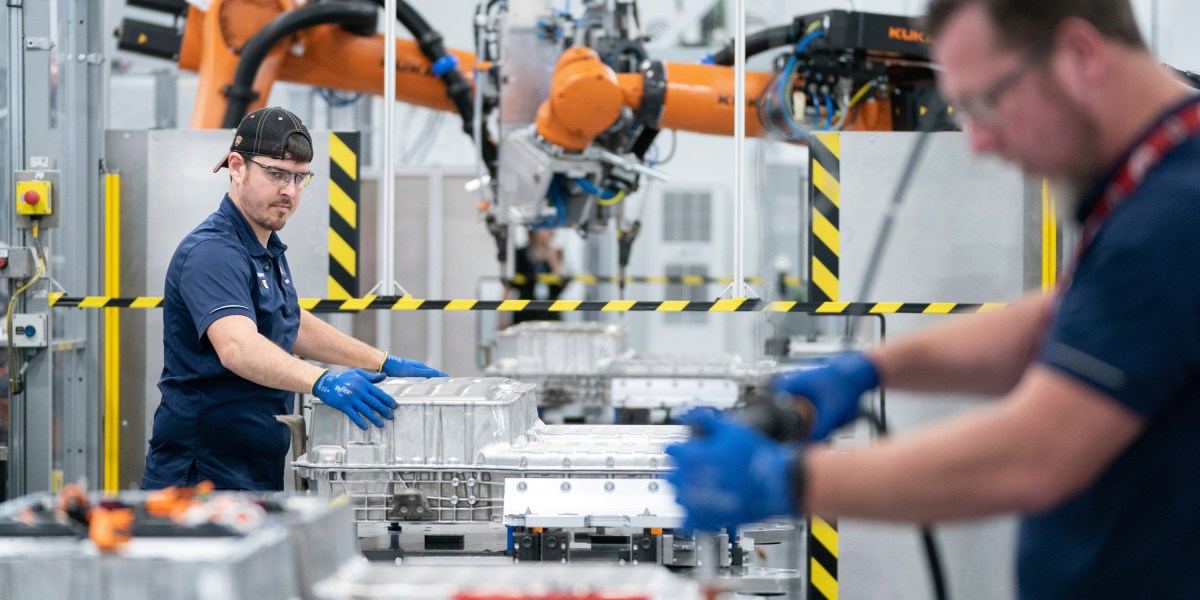Solar panels last for 25 to 30 years as will batteries, so these things will accumulate. People will continue to invest in and use fossil fuels until demand for them drops, and when demand drops, so too will the price until it is not profitable because of price, tax and regulation. I expect demand for gasoline to be the first victim of this process with people converting to EVs and North America is lagging behind most other places on that. Utilities should be the next in line for conversion with wind, solar and grid scale storage. I do think a distributed generation and storage plan will work here to supplement the regular grid for solar generation and storage by home and business owners. The model of fast charging has physical problems especially with large vehicles and people should be charging from home for practical and economic reasons. There will be fast chargers, but a lot of people either won't use them or will use them on road trips.
We are going to have to make some major adjustments to our lifestyles and purchasing decisions, how an EV will be charged will be a factor in them. I won't be around for much of it or the consequences of delay myself, but I expect to see big changes in the next decade nonetheless because we are ramping up for it now.
As for the trillion in fossil fuel investments

en.wikipedia.org





